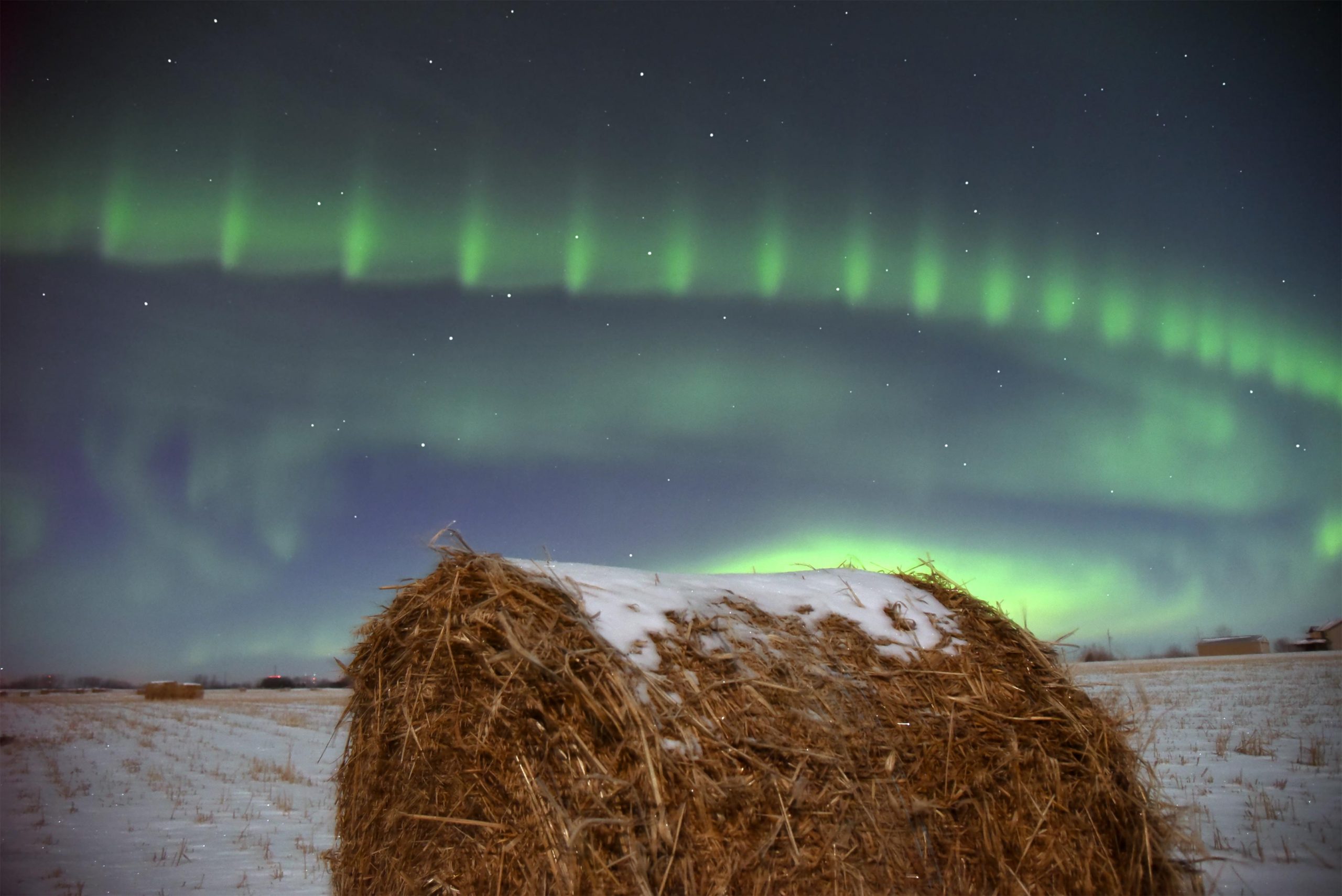
An artist’s rendering (not to scale) of a cross-section of the magnetosphere, with the solar wind on the left in yellow and magnetic field lines emanating from the Earth in blue. The five THEMIS probes were well-positioned to directly observe one particular magnetic field line as it oscillated back and forth roughly every six minutes. In this unstable environment, electrons in near-Earth space, depicted as white dots, stream rapidly down magnetic field lines towards Earth’s poles. There, they interact with oxygen and nitrogen particles in the upper atmosphere, releasing photons and brightening a specific region of the aurora. Credit: Emmanuel Masongsong/UCLA EPSS/NASA
For the first time, scientists have directly mapped Earth’s fluctuating magnetic field and resulting electrical currents to...
Read More










Recent Comments